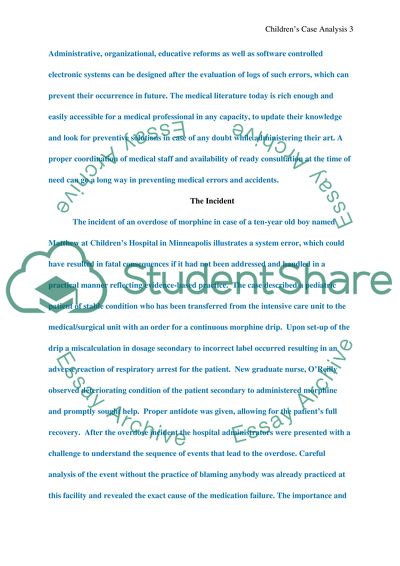Cite this document
(“Children's Case Analysis Study Example | Topics and Well Written Essays - 2500 words”, n.d.)
Children's Case Analysis Study Example | Topics and Well Written Essays - 2500 words. Retrieved from https://studentshare.org/miscellaneous/1558603-childrens-case-analysis
Children's Case Analysis Study Example | Topics and Well Written Essays - 2500 words. Retrieved from https://studentshare.org/miscellaneous/1558603-childrens-case-analysis
(Children'S Case Analysis Study Example | Topics and Well Written Essays - 2500 Words)
Children'S Case Analysis Study Example | Topics and Well Written Essays - 2500 Words. https://studentshare.org/miscellaneous/1558603-childrens-case-analysis.
Children'S Case Analysis Study Example | Topics and Well Written Essays - 2500 Words. https://studentshare.org/miscellaneous/1558603-childrens-case-analysis.
“Children'S Case Analysis Study Example | Topics and Well Written Essays - 2500 Words”, n.d. https://studentshare.org/miscellaneous/1558603-childrens-case-analysis.


